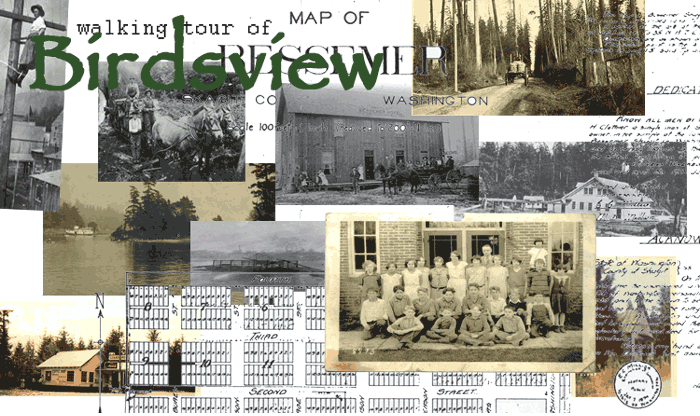

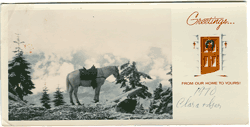 Later a road replaced trails and eventually a railroad was built up to Concrete and Van Horn, which in early days was much larger than Concrete. Hamilton, of course, was on the route and booming too.
Later a road replaced trails and eventually a railroad was built up to Concrete and Van Horn, which in early days was much larger than Concrete. Hamilton, of course, was on the route and booming too.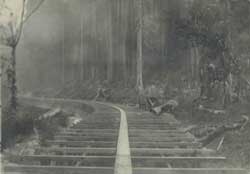 There also is talk of a rail line coming back in up river. Of course they will have to rebuild the railroad tresle crossing at Grandy Creek which was taken out last year when high water jammed and ran a healthy stream clear down to the Shell station and Orlie [and Tom] Royal's place on Highway 20.
There also is talk of a rail line coming back in up river. Of course they will have to rebuild the railroad tresle crossing at Grandy Creek which was taken out last year when high water jammed and ran a healthy stream clear down to the Shell station and Orlie [and Tom] Royal's place on Highway 20.
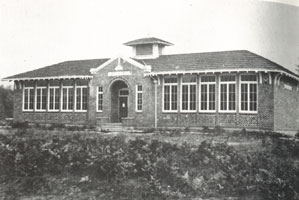 History of Birdsview School
History of Birdsview SchoolDist. #22 by Dan Royal "At our little Birdsview School, we would line up to salute the flag of our United States of America. Then march into school to the music "Stars and Strips Forever" by John Philip Sousa, played on an Edison Victorolla- hand crank machine with a record around 1/4" thick." Howard Royal- Birdsview School Alumni |
|
by Hazel Rasar Tour of Rasar Park part 1 by Barbara Kemmerich Halliday 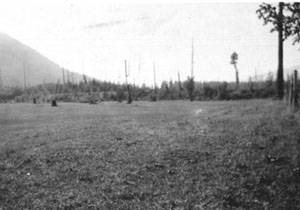
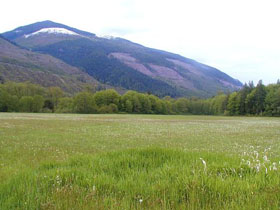 I've always loved before and after, now and then photos, with this new feature "A Walking Tour of Birdsview", I plan on using history and photos of specific areas in Birdsview, this could also include businesses and people. This issues tour comes from Kemmerich & Pressentin descendant Barbara Halliday, who lives in Salem, Ore. Barb comes up to Birdsview regularly though to update her research. Part 2 of the tour of Rasar Park will come from Hazel Rasar in November, she will explain how Dan Rasar & the Rasar family donated the property which became Rasar State Park. 
|
|
The Stump Ranch ® The Stump Ranch On-Line Magazine ® Dan Royal: Editor & Webmaster 4004 Montgomery Ct., Mount Vernon, WA 98274 360-826-6141 Mission Statement and acknowledgments |
|
 |
|
|
|
|
|
 View My Guestbook Sign My Guestbook |